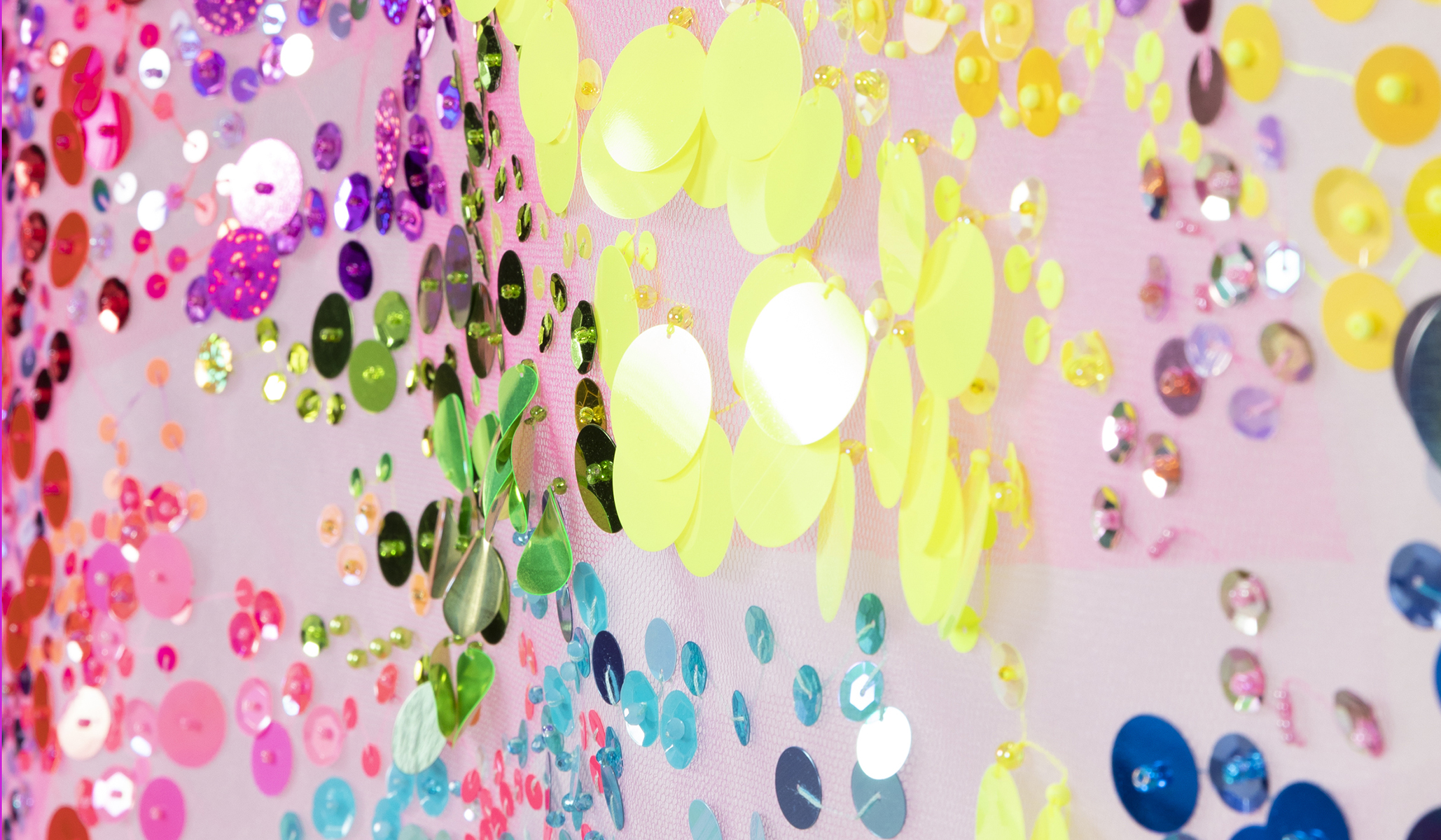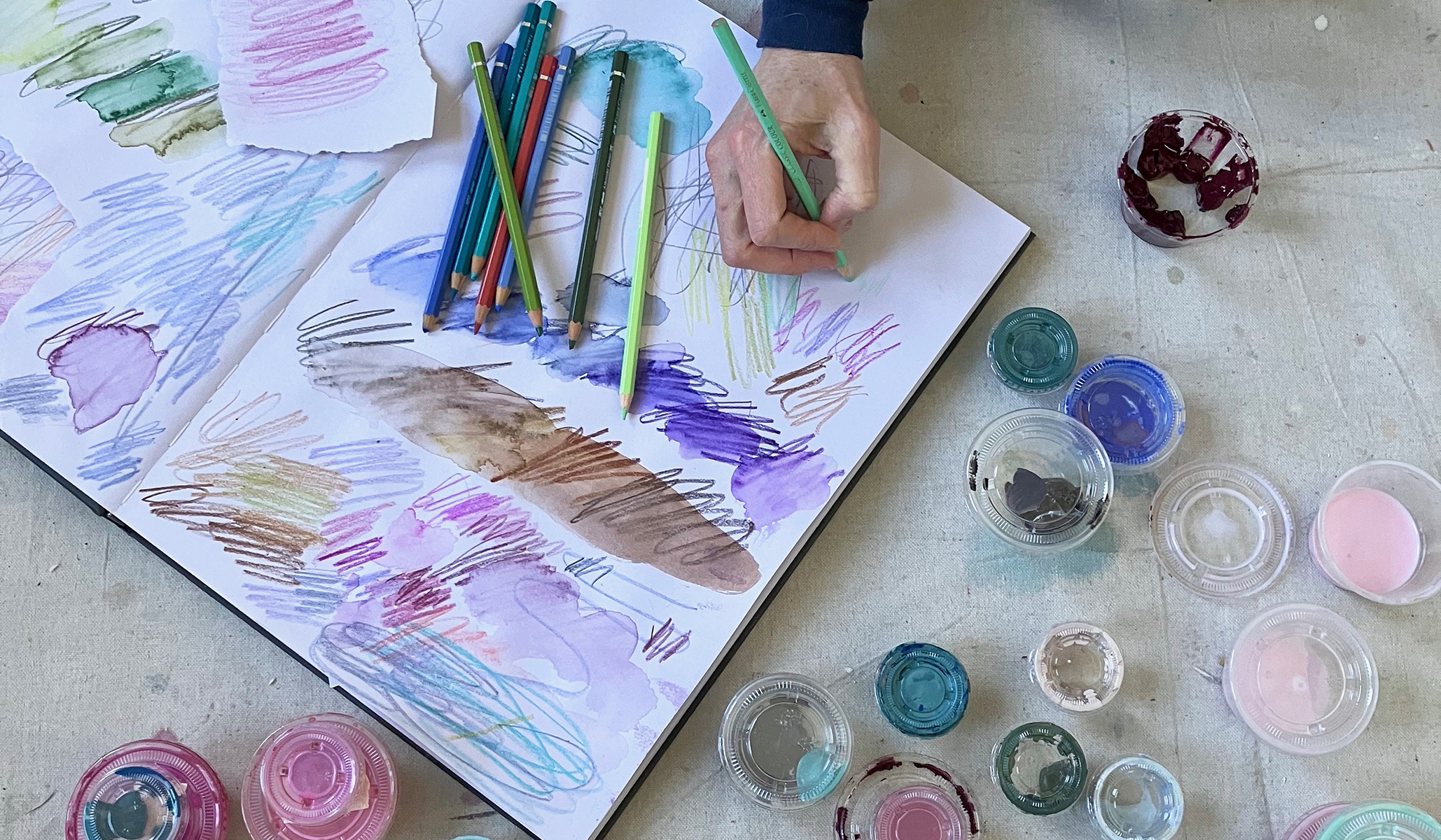Exhibition
Hyun-Hee Lee investigates aspects of memory and how those memories can be interpreted visually. She uses personal diaries, recall and cultural understanding as her source material. Because she is removed from her country, Korea, the works have special and poignant significance for her.
Through installation and painting she interprets very personal memories that she has recorded over the years using a cryptic script, based in calligraphic mark-making but which cannot be read. To her the act is cathartic, to others it is a conundrum; but the intimate and personal nature of her work necessitates that it should not be read literally but should be experienced using whatever emotions and coding the viewer has to bring to the work. The art of Hyun-Hee Lee blurs the conventional distinction between writing and painting but through a combination of line, scale and colour she eloquently expresses the emotions revealed in pages from her letters and journals.
The Forgotten series in quiet, pale blues and whites is derived from the letters and cards sent between herself and her daughter when Hyun-Hee first came to Australia. They are very personal and reflect a time when she was looking forward to the future, to a time when they would be no longer separated. The reference to origami shapes in these paintings has a direct connection to the act of using paper to make things as a child and fond memories of teaching origami to her daughter.
In contrast the dense deep warm blood reds and darks of Memory allude to the passion, the angst and the dark place of maternal fears and doubts. While the subtle, light, whiteness of My Prayer is aspirational, invoking notions of innocence and of spirituality and rites of baptism and marriage. The large scale brightly hued Spring Waltz recalls Hyun-Hee’s time as a college student in Korea. It is redolent of music and dance and of Springtime, an exciting time of optimism, dreams and opportunity.



